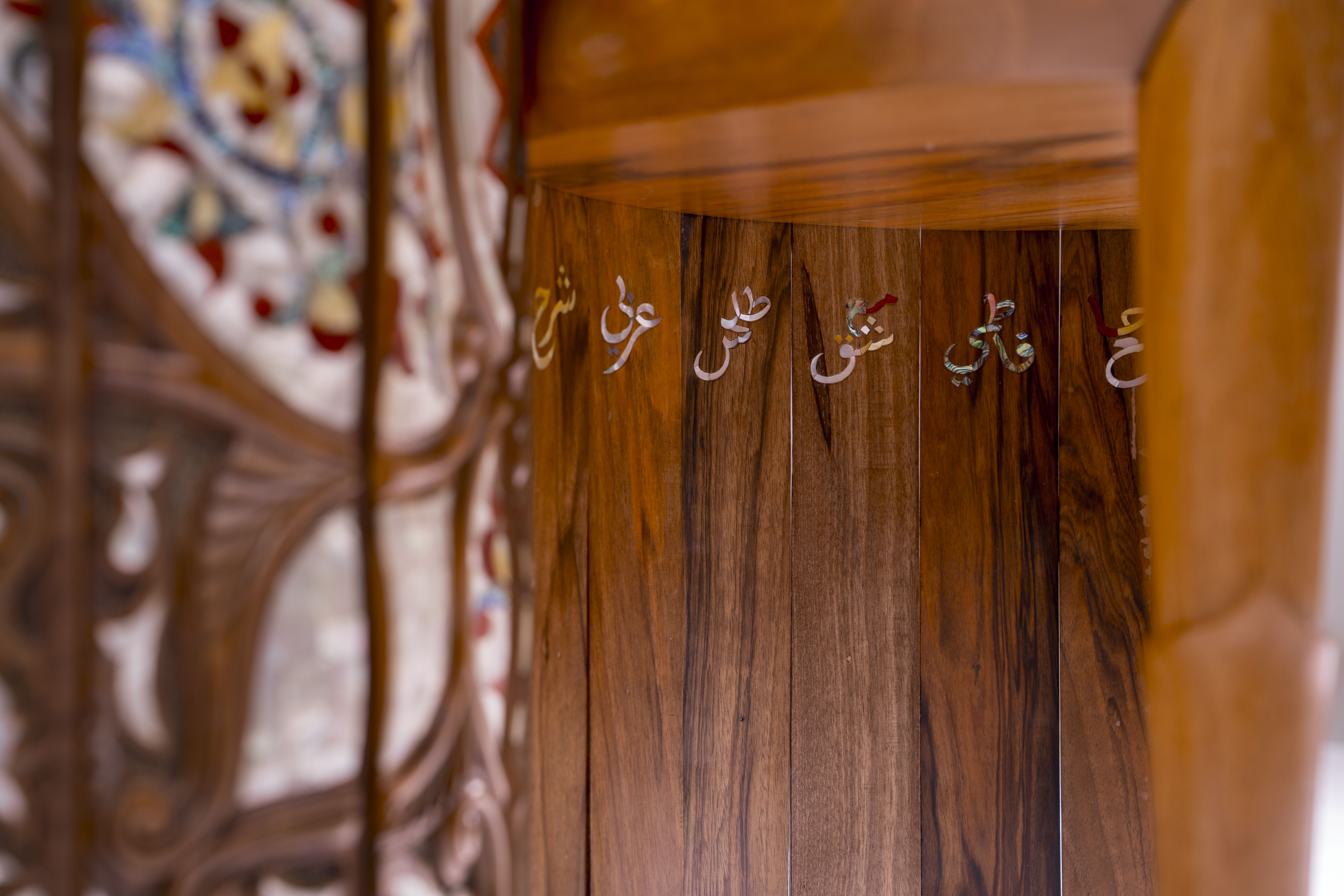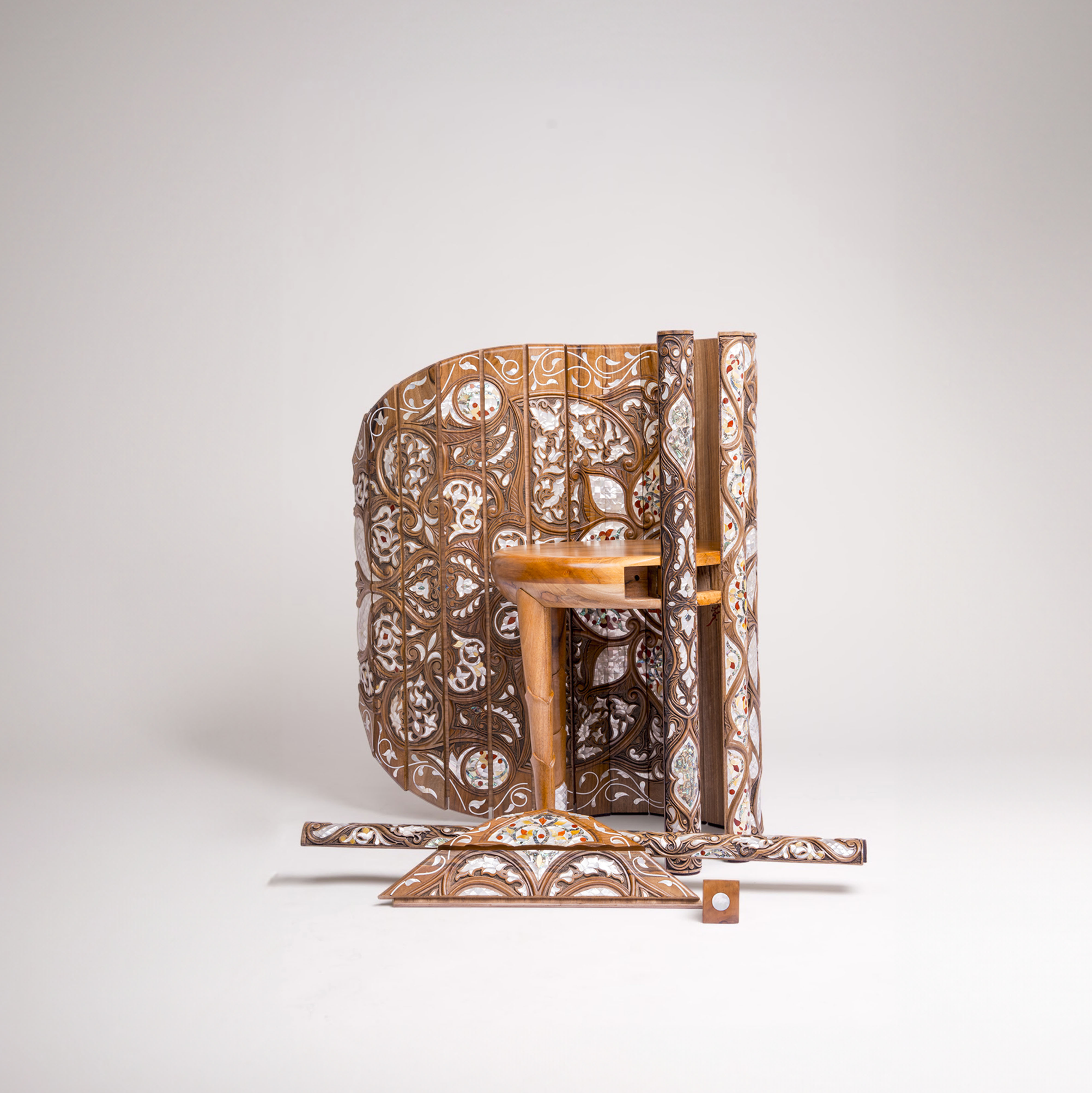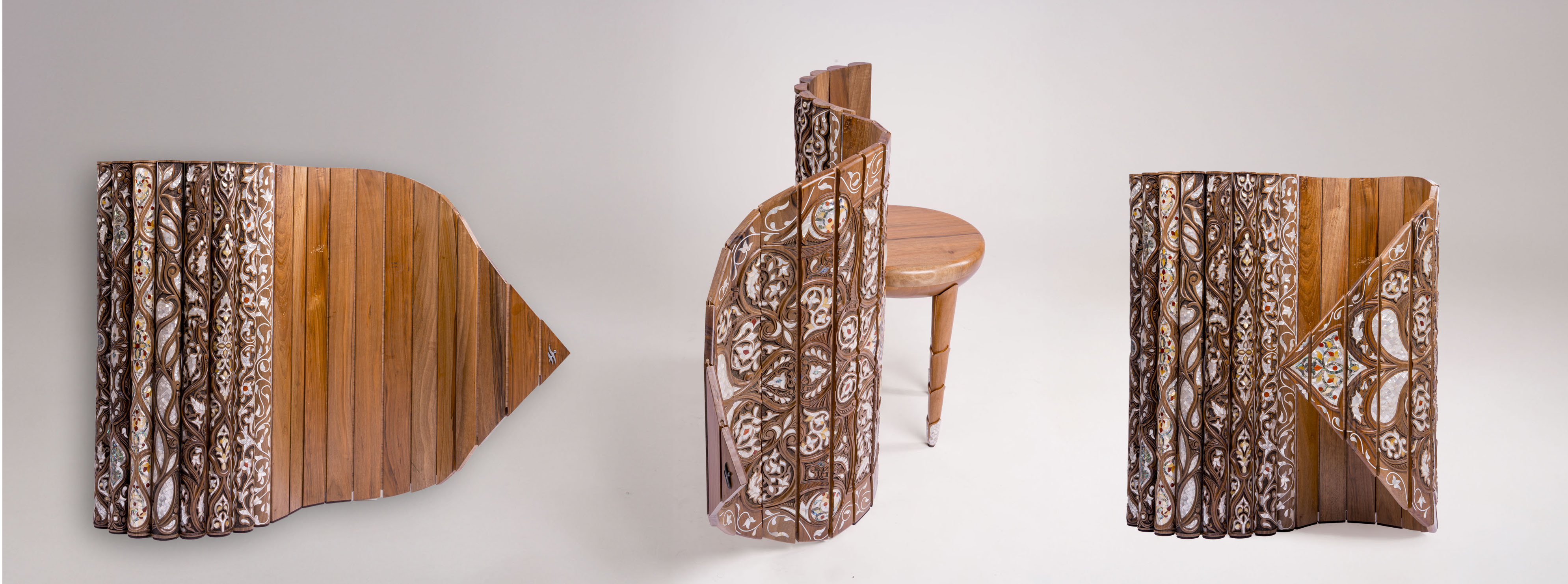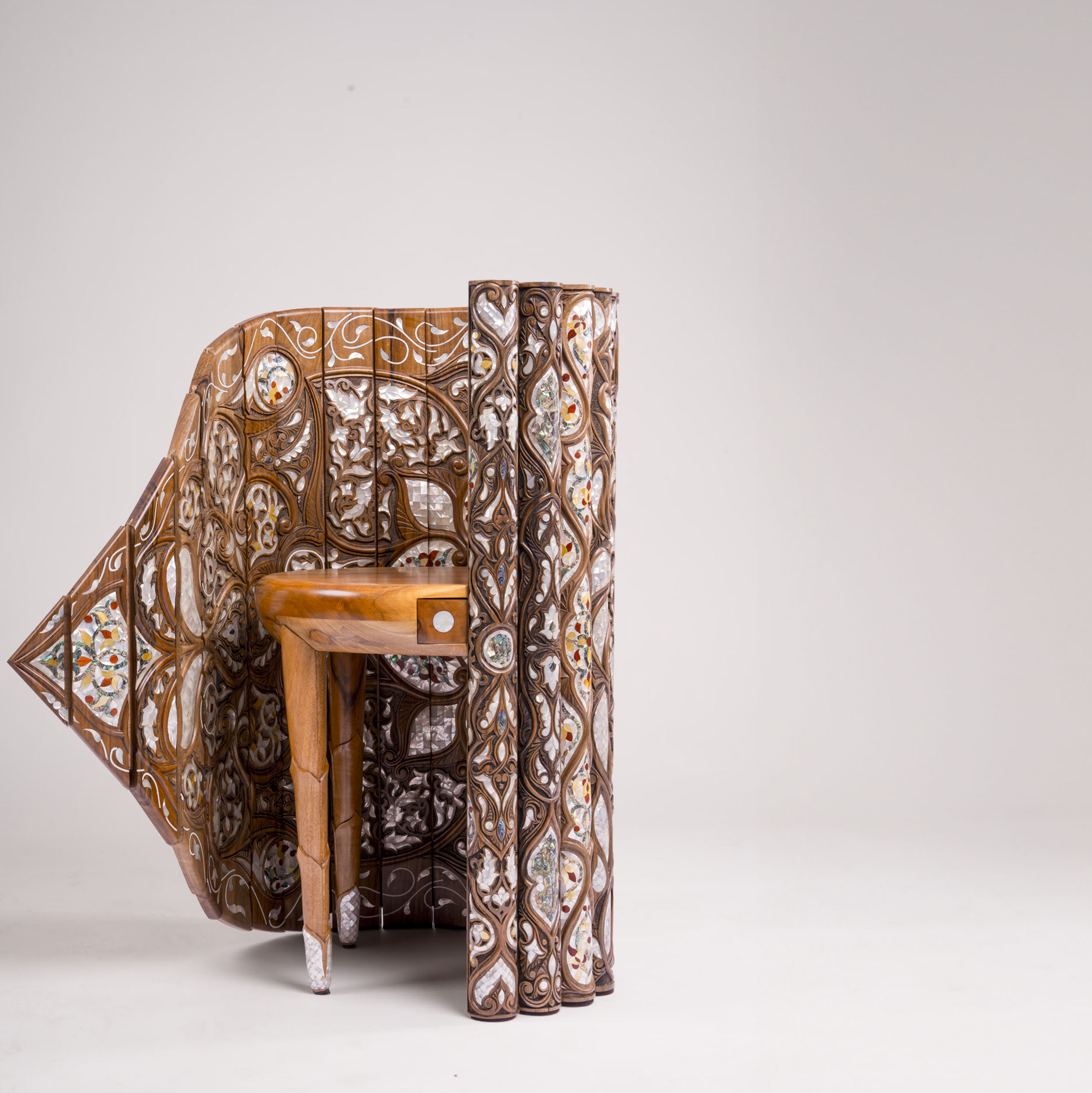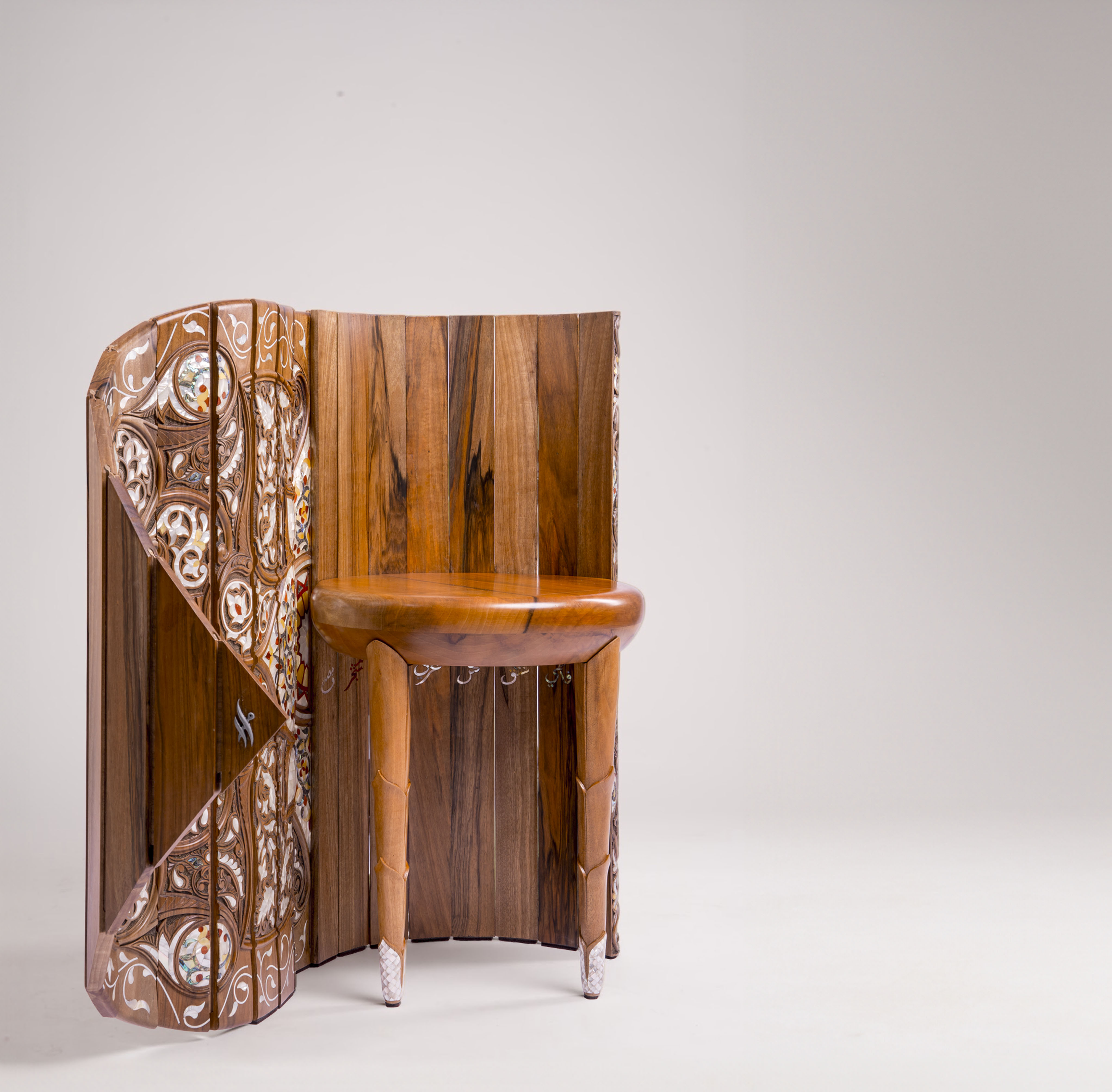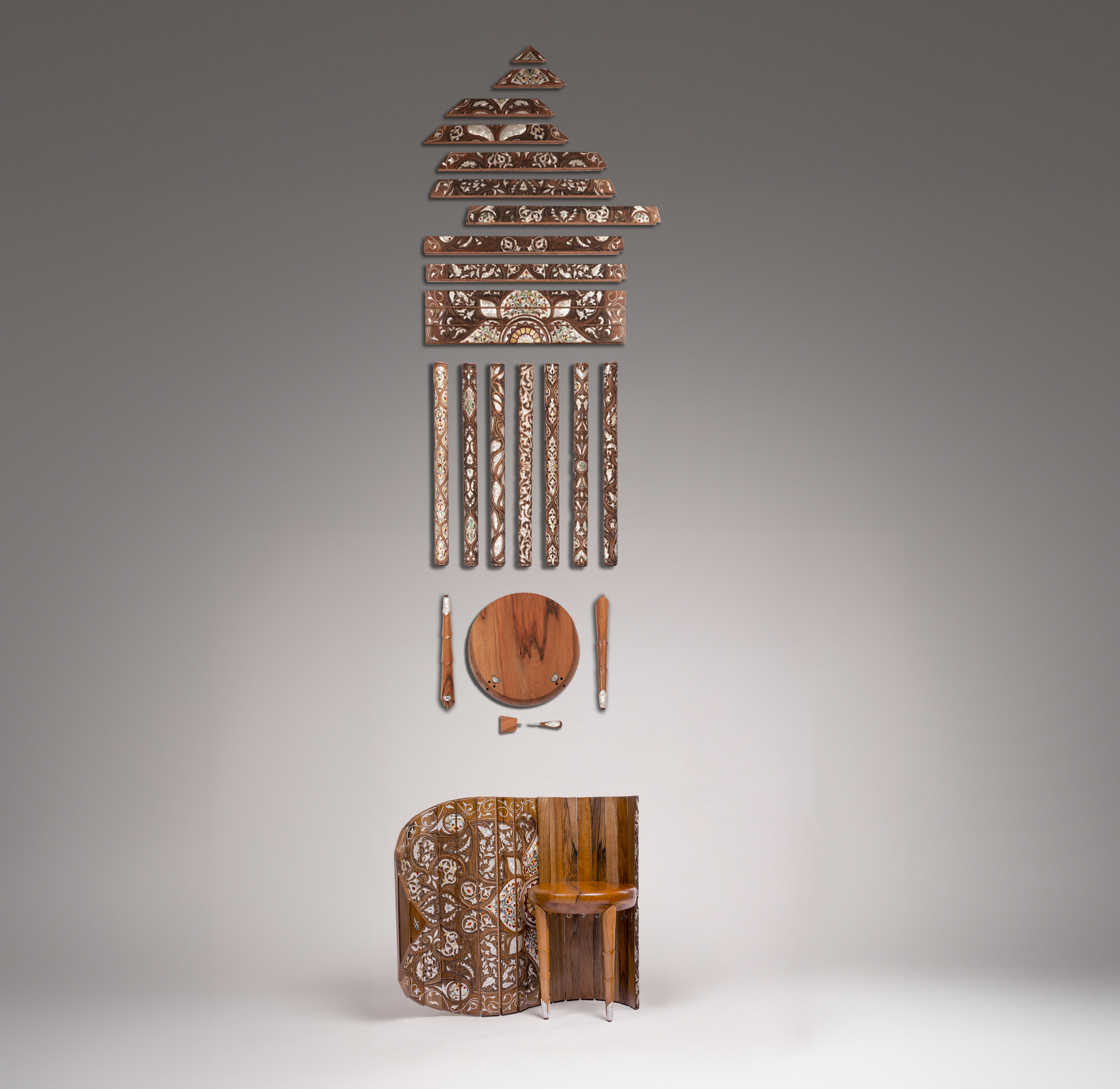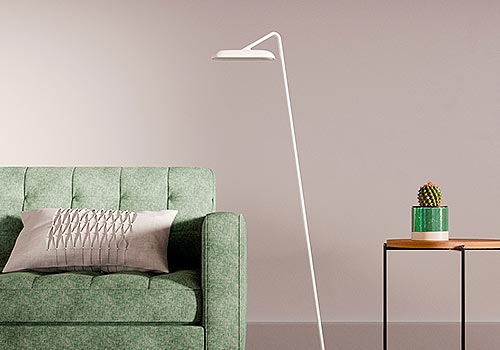2025

Khimar collection
Entrant Company
IRM | University of the Arts London
Category
Seating & Comfort Furniture - Chair
Client's Name
Country / Region:
Saudi Arabia
Project Description
The Khimar Chair reimagines the ancient Islamic craft of intarsia through an engineering-led system of innovative modularity that merges historical craftsmanship with contemporary design thinking. Developed as part of a research-driven master’s project at Central Saint Martins, it introduces a new design methodology rooted in cultural continuity, individual expression, and sustainability.
Drawing inspiration from the historical khimar—a layered textile used to veil, reveal, and shape form—the chair transforms solid wood into a fluid canvas. Its bespoke joinery evokes the drape and rhythm of fabric, allowing a rigid material to flow like cloth suspended in motion. This transformation bridges material and metaphor, echoing the khimar’s symbolism of identity, pride, and presence, while celebrating the enduring strength and creativity of women as custodians of culture.
The concept of flat-pack modularity draws from the Hawdage—an intricately crafted wooden pavilion once used along Silk Road journeys to transport and safeguard precious objects. Both architectural and mobile, the Hawdage embodied continuity, adaptability, and artistry. Translating this ingenuity into contemporary design, the Khimar Chair adopts a similar logic of portable architecture: a structure that can be assembled, dismantled, and reassembled across contexts, carrying with it the heritage of craftsmanship and the spirit of movement.
Each joint is precision-engineered to serve both structural and ornamental purposes, reflecting the sacred geometry of Islamic design while advancing modern ergonomics. This innovative modularity enables user customisation, distributed manufacturing, and cost-efficient production—transforming endangered craftsmanship into a scalable, sustainable system.
Crafted from walnut and inlaid mother-of-pearl, the chair preserves the authentic material palette of Islamic woodworking while reinterpreting it through engineered tension that reduces waste and extends lifespan through repairability.
The Khimar Chair is more than a seat—it is a vessel of memory, identity, and reinvention. It transforms cultural heritage into a living, adaptive design system—bridging past and future through the enduring language of material intelligence.
Credits

Entrant Company
Minwoo Choi
Category
Interface & User Experience (NEW) - User Experience (UX)
Country / Region
United States


Entrant Company
Joyce Li
Category
Clothing & Accessories - Womenswear
Country / Region
United States

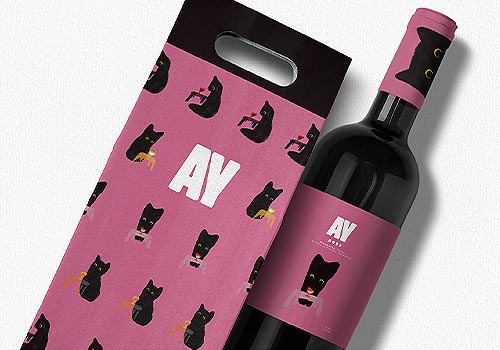
Entrant Company
Ming Cheng
Category
Beverage - Wine: Light
Country / Region
United States

